Training a puppy is one of the most rewarding experiences for any pet owner, but it certainly comes with its challenges. The best way to train a puppy involves understanding their needs, using positive reinforcement, and establishing consistent routines. Above all, patience is key – remember that your furry friend is just learning how to navigate the world!
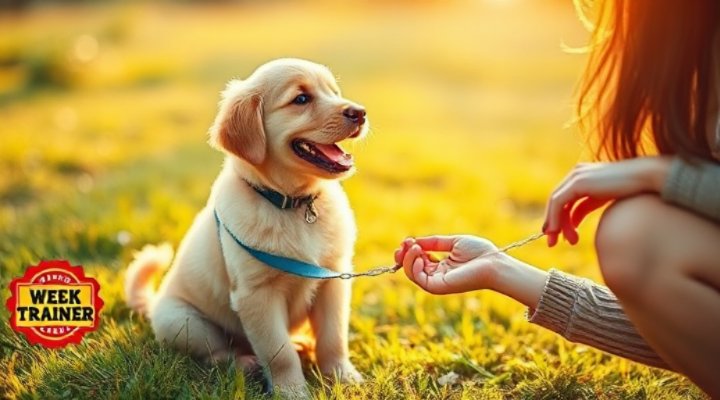
Understanding Puppy Development Stages
Before diving into training techniques, it’s crucial to understand your puppy’s developmental stages. Puppies go through critical learning periods between 8-16 weeks old. During this time, they’re most receptive to new experiences and training. For instance, our article on puppy training schedules provides a detailed breakdown of what to expect during these formative months.
First and foremost, socialization should begin early. Expose your puppy to various people, animals, and environments in a positive way. This helps prevent fear and aggression issues later in life. Meanwhile, basic obedience training can start as soon as you bring your puppy home.
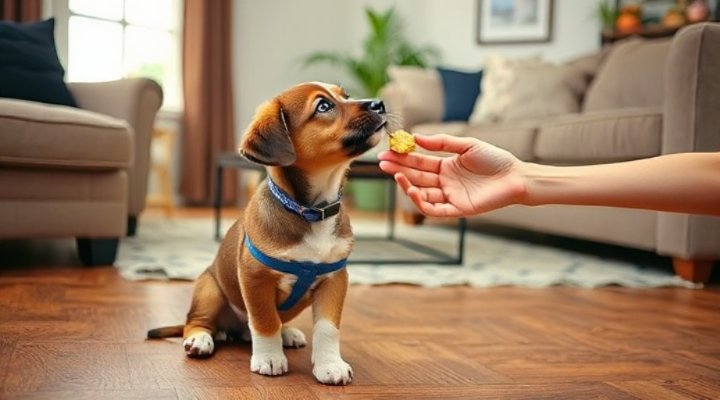
Essential Puppy Training Techniques
Positive Reinforcement: The Gold Standard
The most effective way to train a puppy is through positive reinforcement. This means rewarding desired behaviors with treats, praise, or playtime. For example, when teaching ‘sit’, immediately reward your puppy when their bottom touches the ground. Consequently, they’ll associate the action with positive outcomes.
Moreover, timing is everything. The reward must come within 1-2 seconds of the desired behavior. Otherwise, your puppy might not make the correct connection. Our guide on teaching a puppy to sit offers step-by-step instructions for this fundamental command.
Consistency is Key
All family members should use the same commands and reward system. In other words, if one person says ‘down’ while another says ‘lie down’, this can confuse your puppy. Additionally, keep training sessions short (5-10 minutes) and frequent (3-5 times daily) for best results.
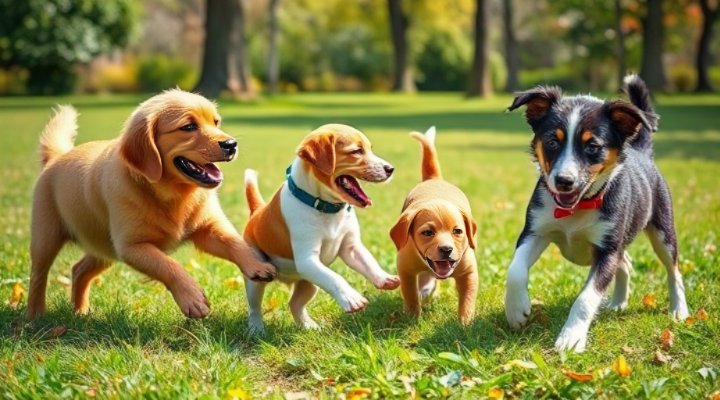
Common Puppy Training Challenges
Potty Training Solutions
Housebreaking is often the first major training hurdle. The best way to potty train a puppy involves establishing a routine. Take them out:
- First thing in the morning
- After meals
- After naps
- Before bedtime
For more detailed advice, check out our potty training guide. Remember, accidents will happen – never punish your puppy for them. Instead, focus on rewarding successful outdoor potty trips.
Biting and Nipping
Puppies explore the world with their mouths, but those needle-sharp teeth can hurt! When your puppy bites, immediately say ‘ouch!’ in a high-pitched voice and stop playtime. This mimics how littermates communicate pain boundaries. Subsequently, redirect them to an appropriate chew toy.
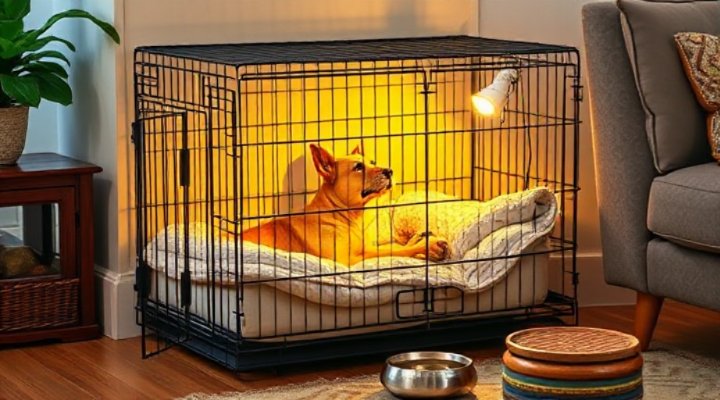
Advanced Training Considerations
Once your puppy masters basic commands, you might consider:
- Off-leash training for reliable recall
- Fun tricks to mentally stimulate your growing dog
- Brain games to prevent boredom
Most importantly, always end training sessions on a positive note. If your puppy is struggling with a new concept, go back to something they know well and reward that before finishing.
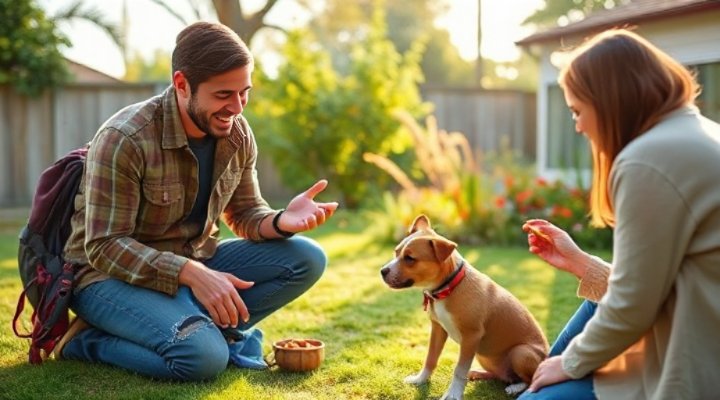
Creating a Lifetime Bond
The best way to train a puppy ultimately builds a foundation for a lifelong relationship. Through patient, consistent training, you’re not just teaching commands – you’re establishing communication and trust. As your puppy grows into an adult dog, these early lessons will shape their behavior and your bond for years to come.
Remember that every puppy learns at their own pace. Some may pick up commands quickly while others need more repetition. The key is to stay positive, keep sessions fun, and celebrate small victories along the way.
Related keywords: puppy obedience training, how to train a new puppy, basic dog training commands, positive reinforcement dog training, crate training puppies, puppy socialization tips, stopping puppy biting, house training a puppy
